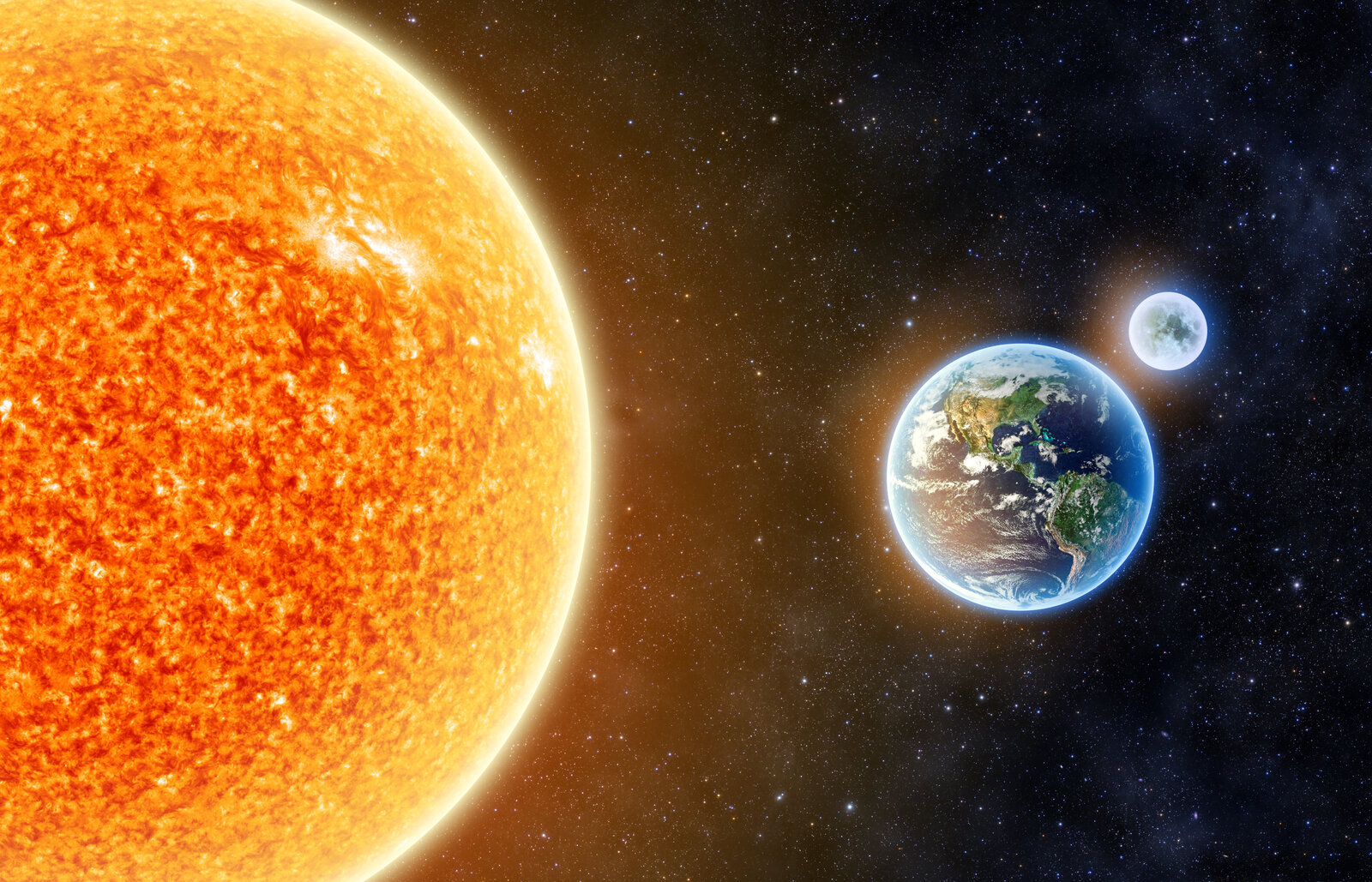Harnessing solar power in space

Can we harvest solar energy from space? Caltech launched a prototype solar power satellite into orbit — the Caltech Space Solar Power Demonstrator (SSPD) — earlier this month which will test and send back information on the feasibility of harvesting solar power in space, transferring the energy back to our pale blue dot. The satellite — part of the Caltech Space Solar Power Project (SSPP) — is loaded with 32 kinds of photovoltaic cells to determine which are best suited for use in space, aiming to eventually launch a modular spacecraft to collect sunlight, transform it into electricity, and transmit that electricity back to Earth — expanding electrical access to places with reliable and stable power.
Harvesting solar power isn’t new — but sending it back to Earth is: Solar energy has been the primary means of powering spacecraft since the Vanguard 1 was launched in 1958. The International Space Station is powered using solar arrays mounted on a blanket that convert solar energy to electricity, producing more electricity than the station needs.
And others are looking into it: The UK-based Space Energy Initiative has plans to place a constellation of satellites into high Earth orbit to capture solar energy and beam it back to Earth, the BBC reported last year. In the US, the Air Force Research Laboratory’s Space Solar Power Incremental Demonstrations and Research Project is also working to harvest solar power in space and transmit it back to Earth.